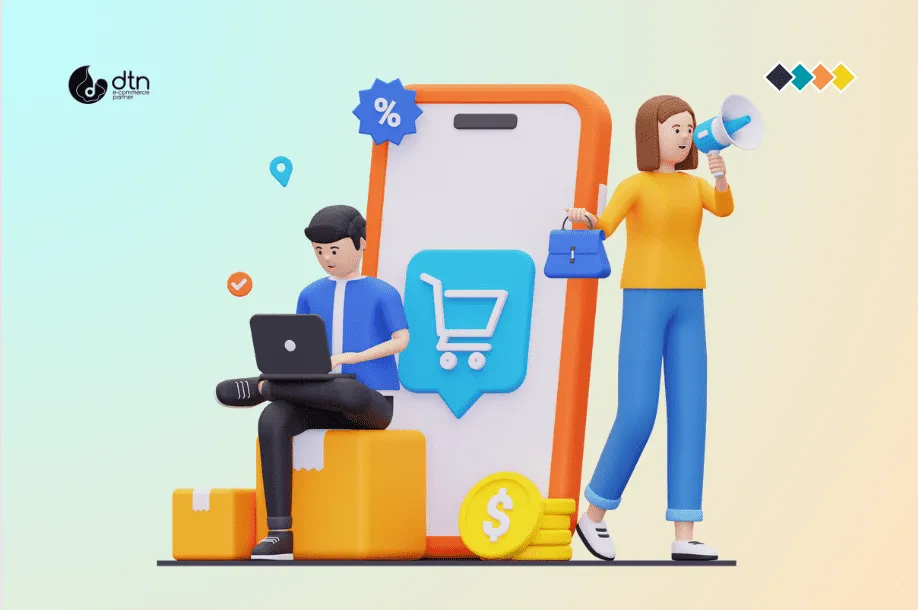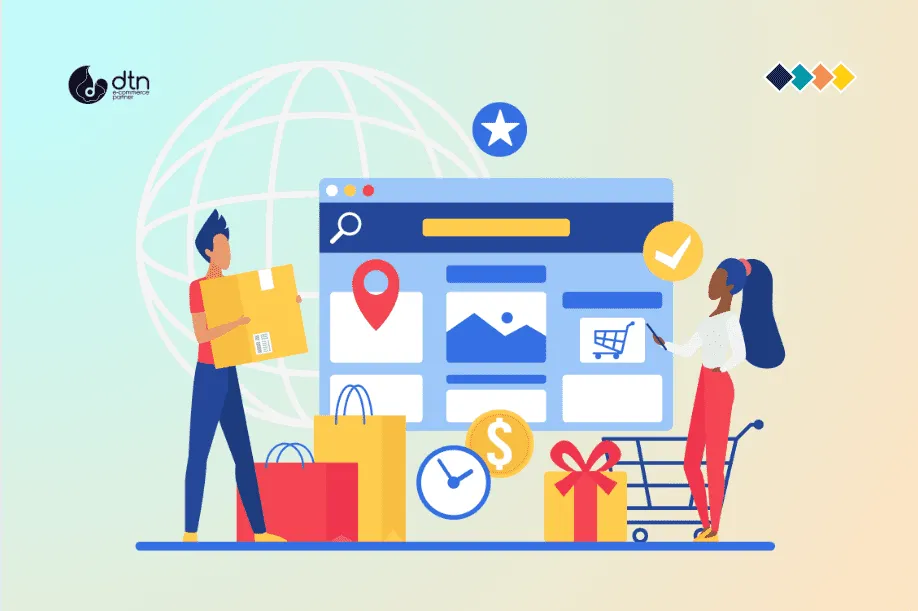Congratulations! You’ve successfully made a sale. But your work doesn’t end there. In today’s competitive business landscape, it’s more important than ever to nurture customer relationships beyond the initial purchase. Post-purchase engagement strategies are crucial for building long-term loyalty, increasing customer lifetime value, and generating positive word-of-mouth.
In this blog post, we’ll dive into a comprehensive guide to post-purchase engagement strategies. We’ll cover everything from the importance of post-purchase communication to specific tactics you can implement to keep your customers engaged and coming back for more.
Why Post-Purchase Engagement Matters
Post-purchase engagement is essential for several reasons:
- Builds customer loyalty: By continuing to engage with customers after they’ve made a purchase, you show them that you value their business and are committed to providing a positive experience. This helps build trust and loyalty, making them more likely to return for future purchases.
- Increases customer lifetime value: Engaged customers are more likely to make repeat purchases and spend more over time. By nurturing relationships, you can increase the lifetime value of each customer, boosting your overall revenue.
- Generates positive word-of-mouth: Happy customers are more likely to share their positive experiences with others, generating valuable word-of-mouth referrals. Post-purchase engagement helps ensure that your customers have a great experience and are willing to recommend your business to their friends and family.

Post-Purchase Engagement Strategies
Now that we’ve established the importance of post-purchase engagement, let’s explore some specific strategies you can implement:
- Thank-you emails: Immediately after a purchase, send a personalized thank-you email to your customer. Express your gratitude for their business and provide any necessary information about their order, such as shipping details or instructions on how to use the product.
- Welcome series: For new customers, consider creating a welcome series of emails that provide valuable information and resources. This could include tips on how to get the most out of your product, exclusive discounts, or access to a customer loyalty program.
- Product updates: If you offer software or other products that require regular updates, keep your customers informed about new features and improvements. Send out email notifications or blog posts to let them know about the latest updates and how they can benefit from them.
- Customer feedback: Regularly ask your customers for feedback on their experience with your product or service. Use surveys, feedback forms, or social media listening tools to gather insights into what they liked, what they didn’t like, and how you can improve.
- Personalized recommendations: Based on their purchase history and preferences, offer personalized recommendations for other products or services that they might be interested in. This shows that you understand their needs and are committed to providing a tailored experience.
- Exclusive offers and discounts: Reward your loyal customers with exclusive offers and discounts. This could include loyalty points, birthday discounts, or special promotions for repeat purchases.
- Customer support: Provide excellent customer support to resolve any issues or answer questions that your customers may have. Make sure that your support team is responsive, helpful, and goes the extra mile to ensure customer satisfaction.

Conclusion
Post-purchase engagement is a crucial aspect of customer relationship management. By implementing effective post-purchase strategies, you can nurture relationships, increase customer lifetime value, and generate positive word-of-mouth. By focusing on providing a positive customer experience beyond the initial sale, you can build a loyal customer base that will drive your business success in the long run.
Frequently Asked Questions
We’ve compiled a list of answers to common questions.
How can businesses personalize their post-purchase engagement strategies?
Businesses can personalize their post-purchase engagement strategies by leveraging customer data such as purchase history, browsing behavior, demographics, and preferences. This allows them to tailor their communication and offers to each customer’s unique needs and interests, increasing the likelihood of engagement and repeat purchases.
What are some effective ways to gather customer feedback after a purchase?
Some effective ways to gather customer feedback after a purchase include sending post-purchase surveys via email, providing feedback forms on the website or in the product packaging, using social media listening tools to monitor mentions and comments, and offering incentives such as discounts or giveaways in exchange for feedback.
How can businesses measure the success of their post-purchase engagement strategies?
Businesses can measure the success of their post-purchase engagement strategies by tracking key metrics such as customer retention rate, repeat purchase rate, average order value of repeat customers, customer satisfaction scores, and referral rates. Additionally, they can use analytics tools to monitor email open and click-through rates, website engagement metrics, and social media engagement metrics to assess the effectiveness of their post-purchase communication efforts.
What role does customer support play in post-purchase engagement?
Customer support plays a critical role in post-purchase engagement by providing assistance and resolving any issues or concerns that customers may have after making a purchase. Prompt and helpful customer support can turn a potentially negative experience into a positive one, increasing customer satisfaction and loyalty. Additionally, proactive customer support initiatives such as follow-up emails or check-in calls can further enhance the post-purchase experience and strengthen customer relationships.
Businesses can ensure that their post-purchase engagement strategies align with their overall brand identity and values by maintaining consistency in their communication tone, messaging, and visual branding elements. They should also ensure that their post-purchase initiatives reflect their commitment to customer satisfaction, quality, and integrity, reinforcing positive brand associations and building trust with their customers over time.



